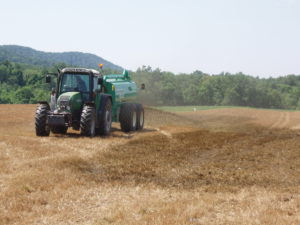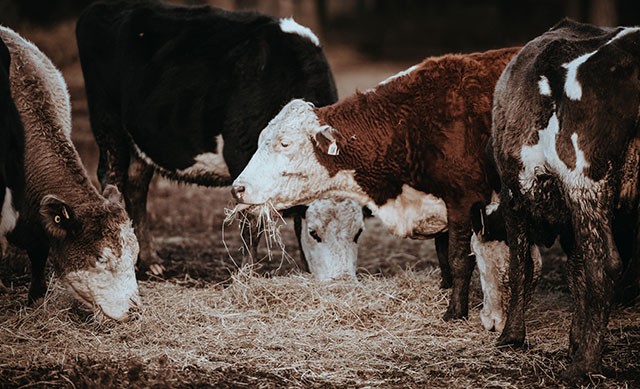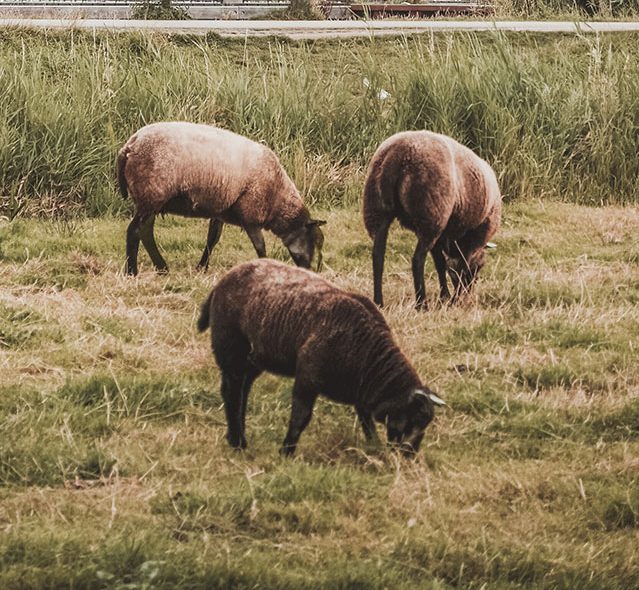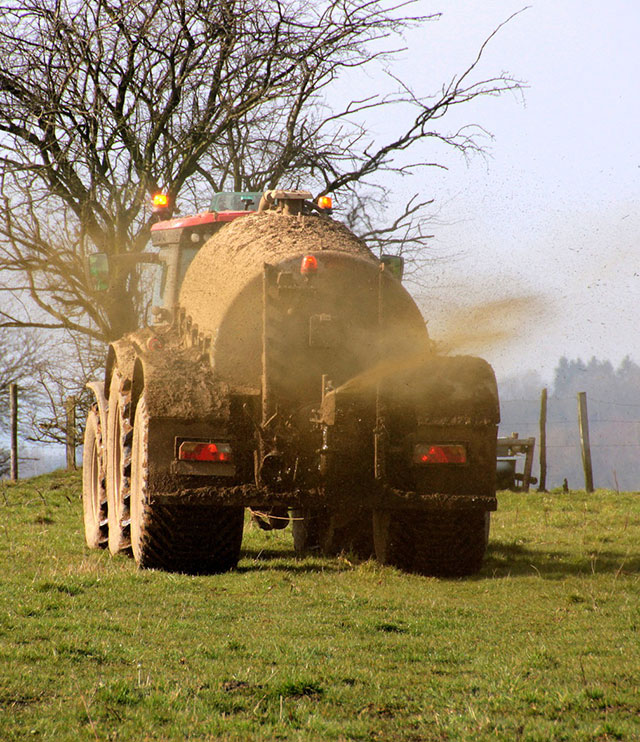Manure & Nutrient Management
Manure and Nutrient Management plans balance nutrient application with crop removal of nutrients in order to prevent excess nutrients from seeping into groundwater or running of into local waterways. Nutrients in runoff from farming operations are considered nonpoint source pollution and affect local streams, the Susquehanna River and the Chesapeake Bay.
Click to Watch “On the Field, In the Barn & By the Stream”
All animal operations in Pennsylvania that generate or land apply manure, regardless of scale, are required to have one of two types of plans:
- Chapter 91 Manure Management Plan
- Act 38 Nutrient Management Plan.
These plans document nutrient sources, whether through generation, storage, treatment, transfer, or land application, and aim to keep them separate from clean water resources to protect local and regional water quality. The type of plan needed is dependent upon the animal numbers or density of animals on the operation. The following resources can help you determine what type and level of planning is required:



All Operations with Animals Need a Plan
What type of plan do I need?
If your operation involves a large quantity of animals, it could be a CAFO. Follow this link “Is My Operation a CAFO” to see if it meets the requirements.
Is your farm a CAO? Complete Agronomy Fact Sheet 54 to find out.
Which plan is right for your operation?
Manure Spreader Calibration
Manure spreader calibration is an essential part of every manure/nutrient management plan which involves land application. Agronomy Facts 68 Manure Spreader Calibration gives descriptions of the two most common methods of calibrating spreader for all types of manure.

